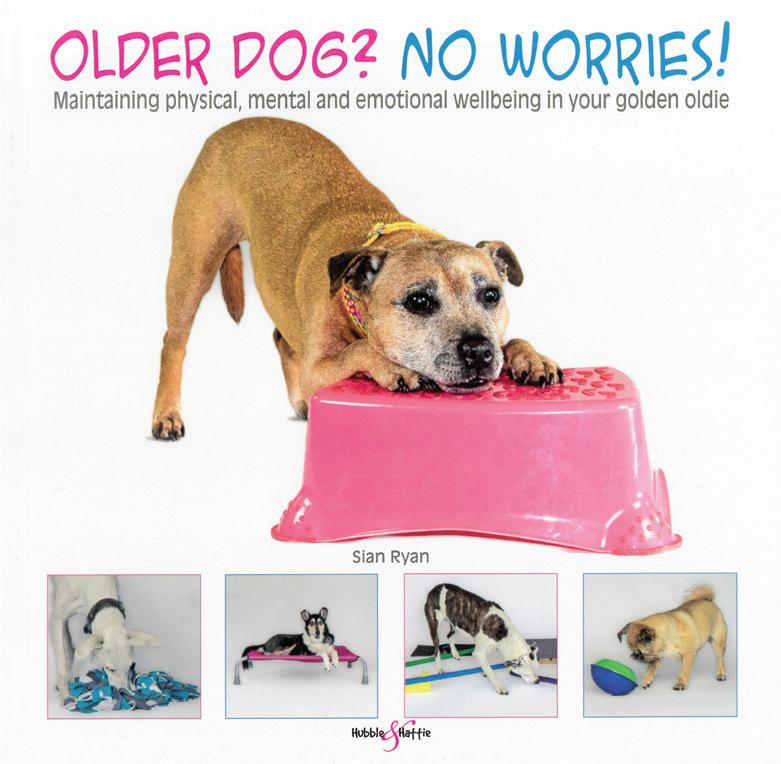
9 minute read
Giveaways
GIVEAWAYS
Win!
One of five copies of Older Dog? No Worries!
by Sian Ryan
Maintaining physical, mental and emotional wellbeing in your golden oldie.
Everything you need to know to maximise the quality of life for your older dog.
Offering advice and ideas for mental, physical, and emotional support as your dog ages and his needs change, including the latest research, and designed to help you create a bespoke care plan for your dog.
There are beautiful photographs to illustrate the advice given, games coupled with the latest research to limit canine cognitive decline. The book translates the latest research into practical suggestions for maximum well-being as well as practical and compassionate advice about dealing with the end of life. There are also ideas for easy adaptations, to suit your dog’s physical capabilities, plus ways to stimulate all your dog’s senses with fun games and new skills along with clear explanations for training games and activities. In addition there is also support for maintaining your dog’s emotional resilience. Author, Sian Ryan is an MSc-qualified dog trainer and expert, whose aim is to maximise quality of life for all dogs by by developing interactions which enable dogs and owners to make the most of their unique relationship.
ISBN 978-1-787113-66-4
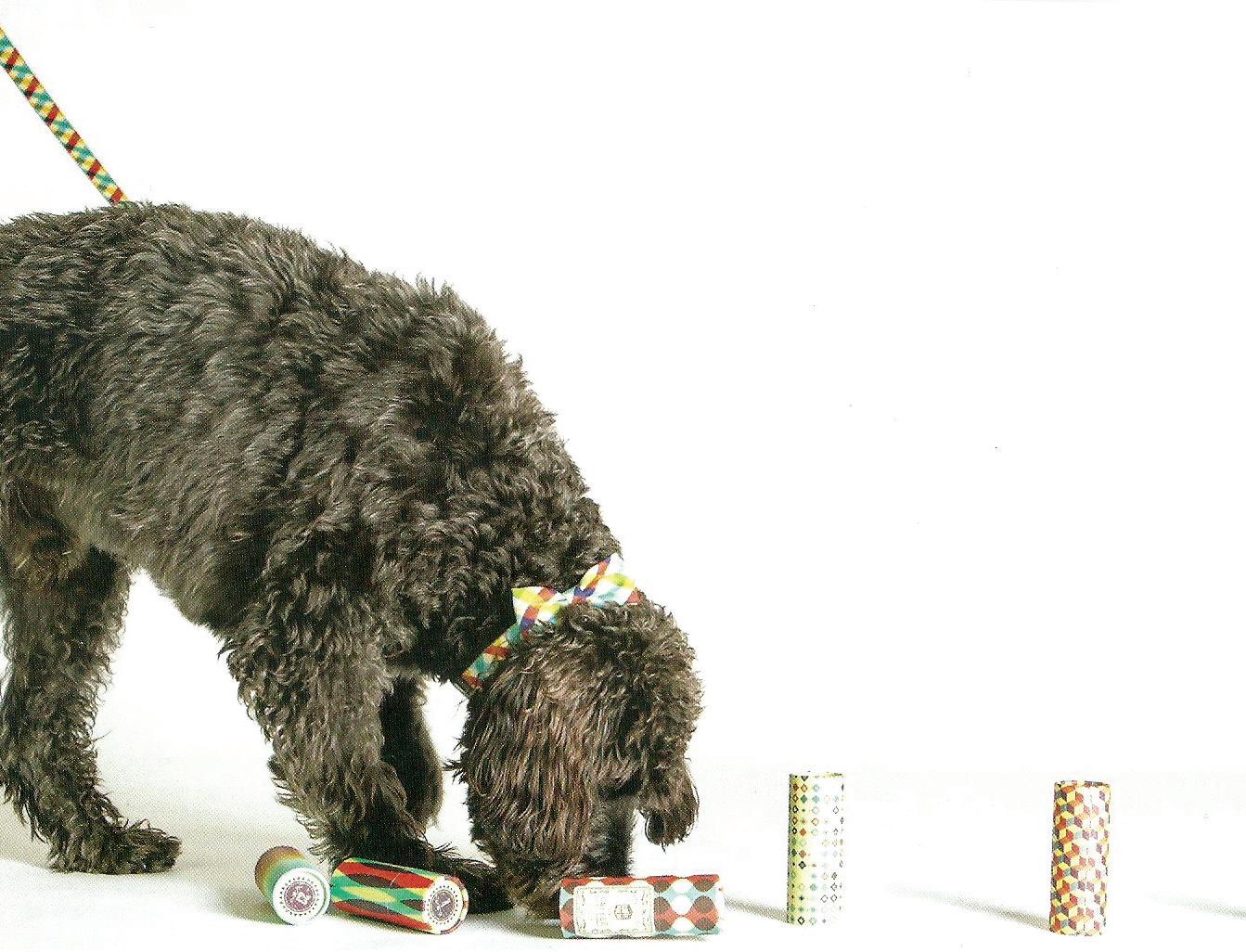
To Enter:
For your opportunity to WIN one of five copies of Older Dog? No Worries! simply tell us why you would like a copy of the book. Don’t forget to include your name, residential address, phone number and DOGS NSW member number on your entry. One entry per person. Australian residents only. Entries close: 31st May 2020. Winners will have their prize posted to them.
By Email: By Post:
With ‘Older Dog?’ Competition ‘Older Dog?’ Competition in the subject line: DOGS NSW magazine competition@dogsnsw.org.au c/- DOGS NSW PO Box 632, St Marys NSW 1790
Puppy
COMPETITION

April’s puppy competition winner is Lynda Mae Schorer’s Australian Cattle Dog puppy, ‘Archie,’ who has won a year’s membership with DOGS NSW, ROYAL CANIN® products plus Oakwood puppy products.
Your puppy’s favourite sleeping
place: On my feet or down the side of the couch.
Your puppy’s favourite trick:
High tens (only on the grass, otherwise he slides backwards).
Why is your puppy the best:
Archie is bright, energetic and loving. A great companion!
Enter Now!
To be in the running to win a years free membership with DOGS NSW, Oakwood puppy products plus ROYAL CANIN® products, visit the DOGS NSW website or email:info@dogsnsw.org.au to enter your pup. Please give us your full name, email / postal addresses, social media handles, plus phone details. Australian residents only please.
SPOTLIGHT
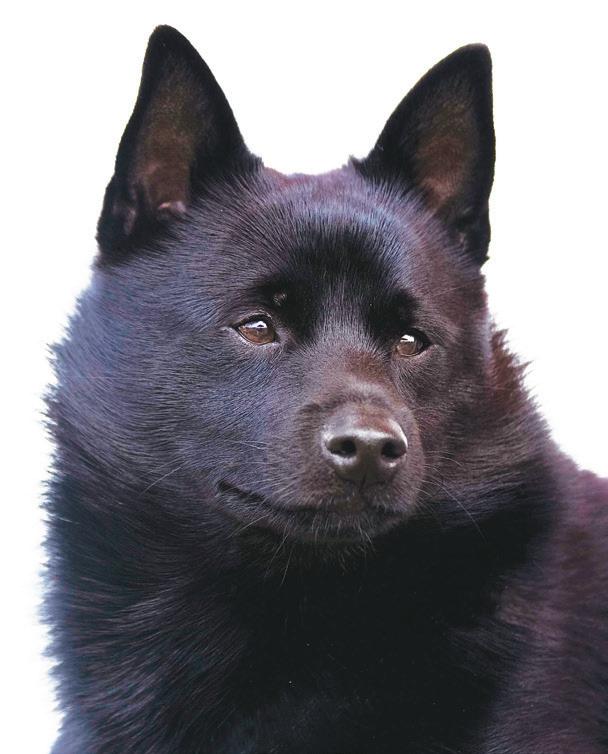
Schipperke
History
Schipperkes have been around for a very long time. Relics in Belgium dating back to the 14th Century depict a sheepdog with a similar look to the Schipperke. The Schipperke was taken into the house when peasants were not allowed to have anything other than a working dog, however, like most small dogs, they excelled at ratting and guarding.
Throughout history, bakers, barge operators, shopkeepers, farmers and peddlers used the Schipperke to chase and kill rats and mice on their premises, as well as guarding against intruders.
Today many kennels are successfully breeding Schipperkes as pets as well as for showing and the sports of Agility and Obedience. The breed is assured a healthy future with breeders found in most states.
Appearance
The Schipperke makes a striking first impression. A small, compact dog, it’s broad across the shoulders with narrow hips, creating a unique outline.
The Schipperke’s coat is usually jet black, but can be cream or other whole colours. It has an alert, sharp, foxy expression which takes in the whole head including eye shape and ear placement.
Characteristics
The Schipperke is full of energy, intensely alert and lively. Schipperkes actually hunt like cats, so they don’t take off with amazing speed, but with stealth. Whether the Schipperke is inside or out, it has a harsh, short top coat, that repels water, with a soft undercoat of Spitz breeds. A good shake will see it nearly dry after a soaking.
The Schipperke also has a cape of longer hair to frame its head and neck, falling to the shoulders and down under its chest and culottes, covering the sturdy back legs. A brush weekly, or every second day when shedding which is seasonal usually twice a year, is all that is needed to keep its coat in top condition.

Health
Schipperkes are robust, hardy dogs with few health problems or conditions and are known to live well beyond their teen years.
Epilepsy is occasionally found in a small percentage of Schipperkes, however, appears to not be a problem in Australia at the present time, with the importation of different bloodlines into Australia.
Mucopolysaccharide type IIIB (MPS IIIB) is a degenerative disease affecting the neurological system. There is no effective treatment for infected dogs, but no cases of the disease have been recorded in Australia.
As tests have identified that dogs here carry the mutated gene, breeders are encouraged to test their breeding stock before mating. With care and cooperation it is possible that no Schipperke in Australia will be affected by MPS IIIB.
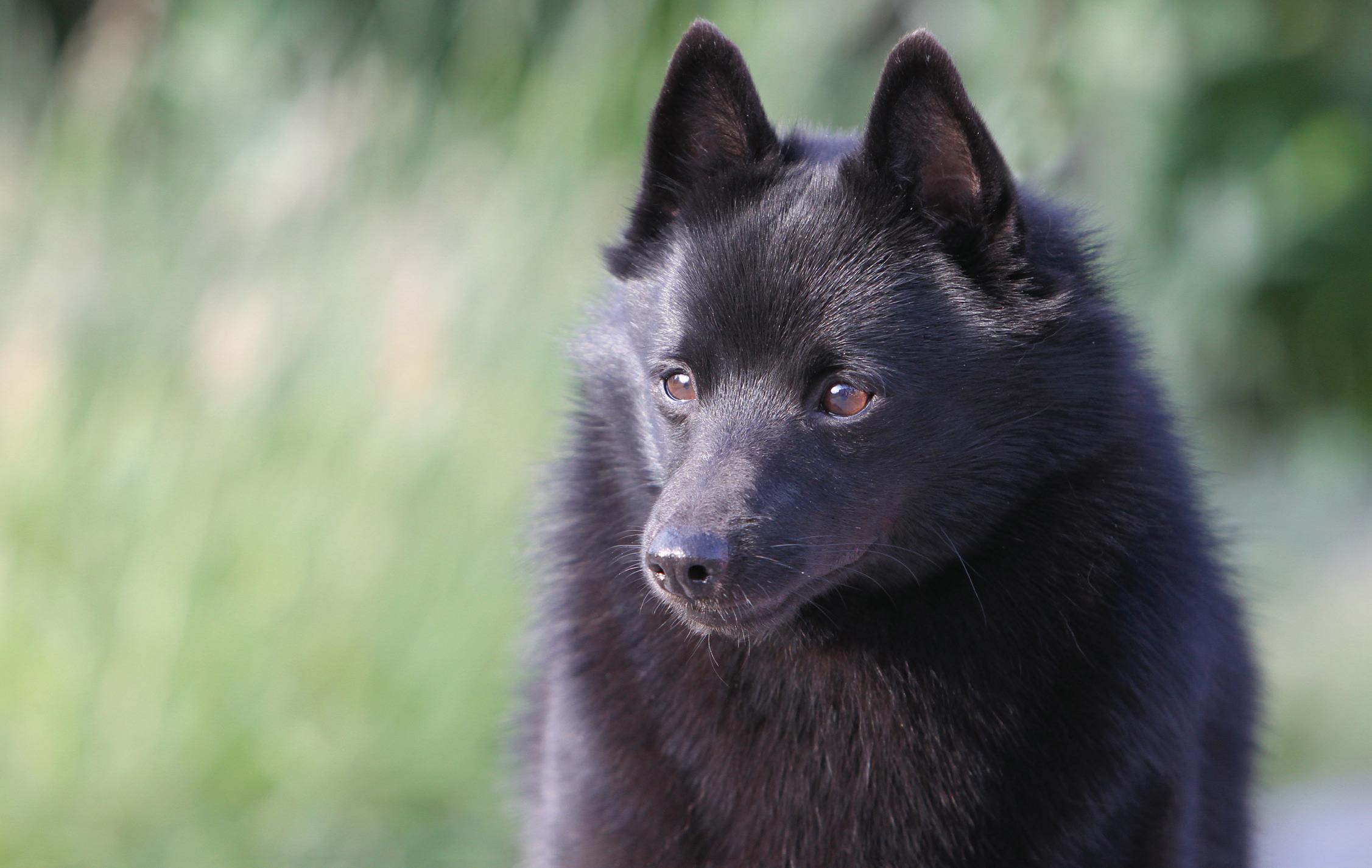
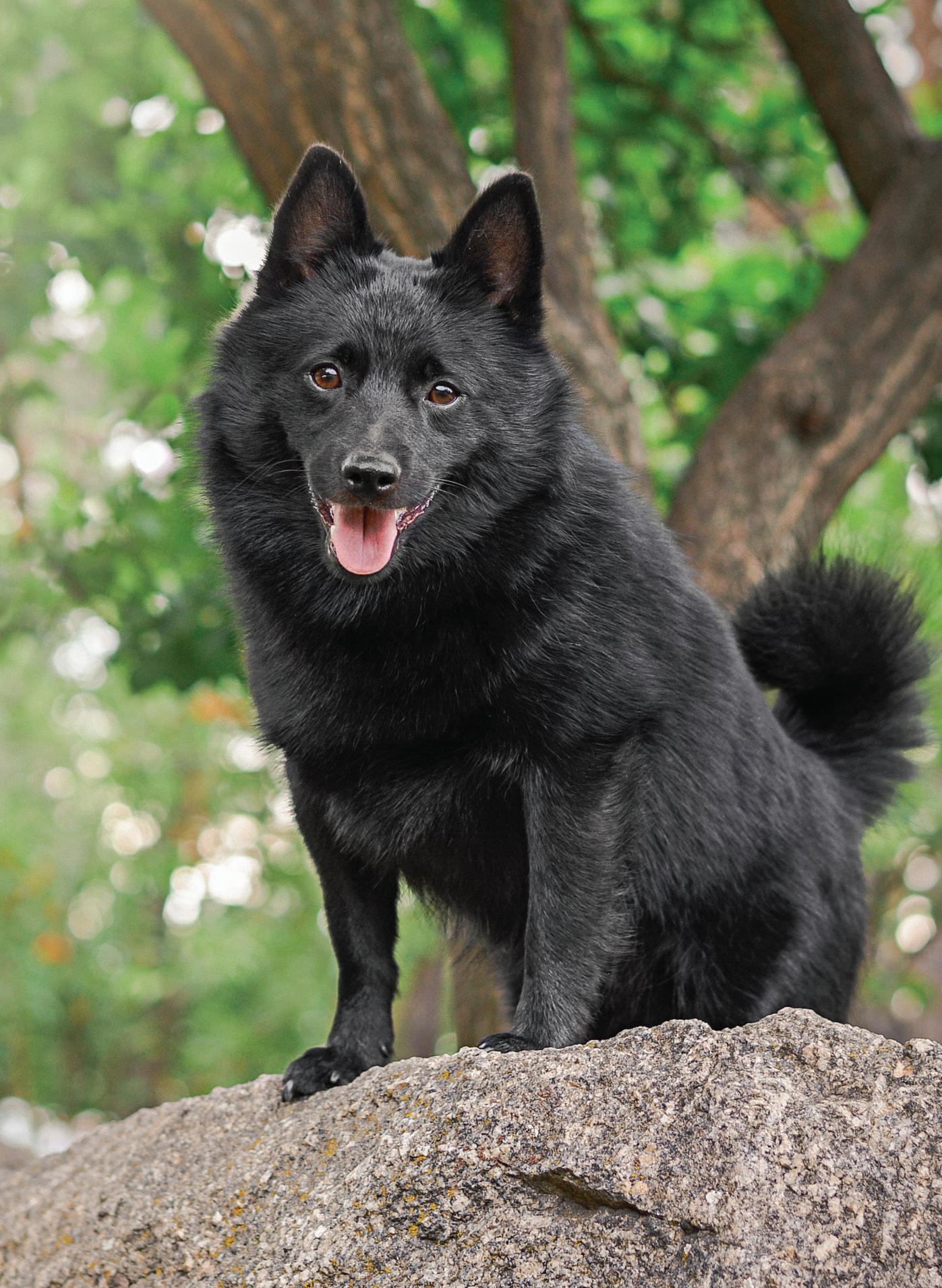
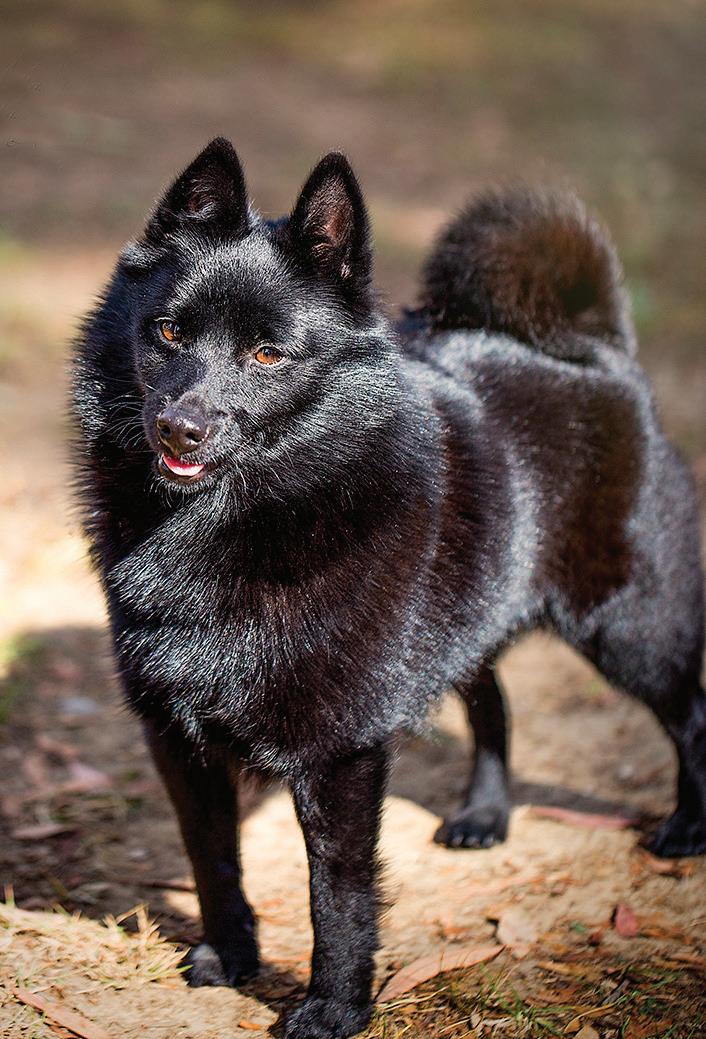

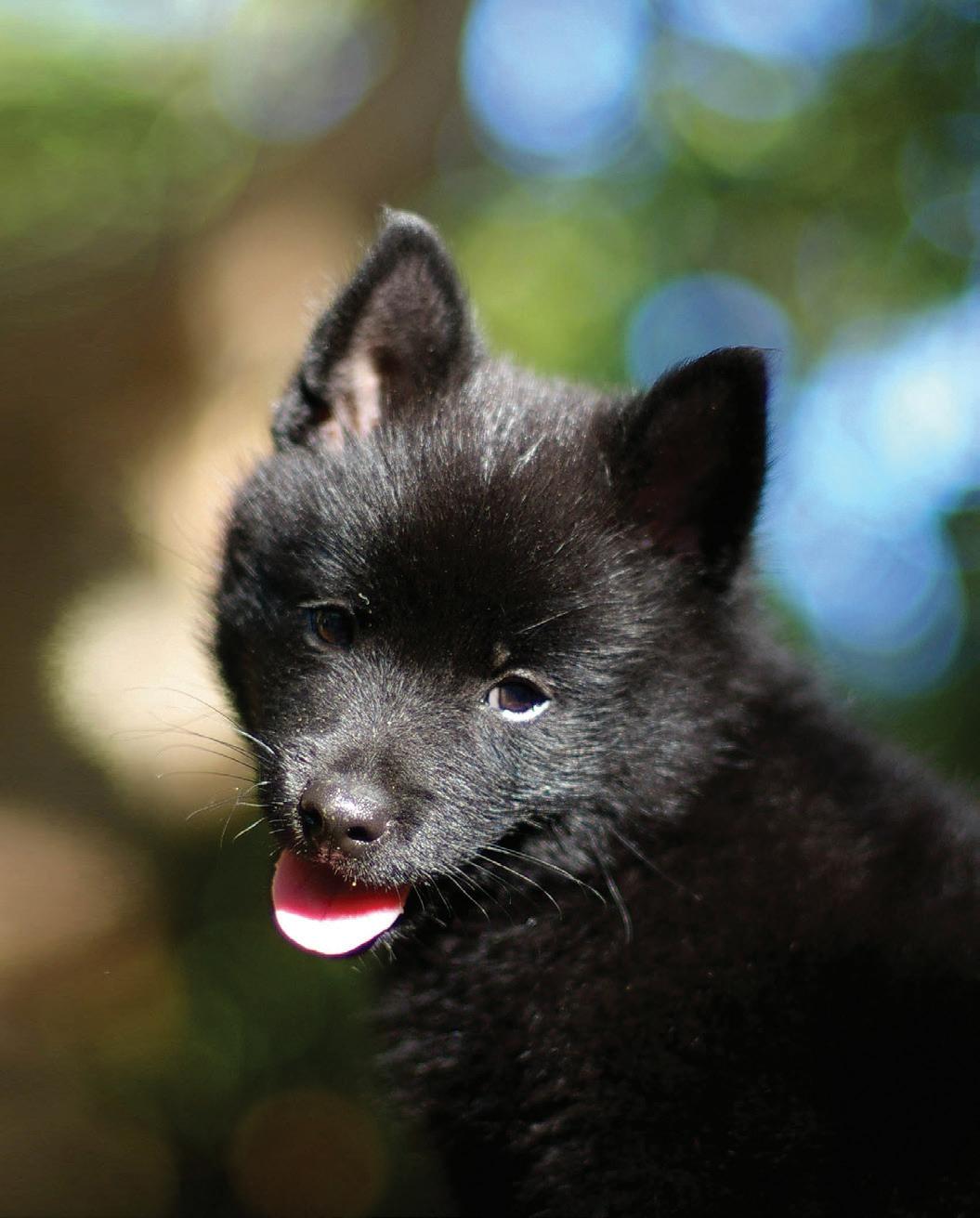


Suitability
The Schipperke has survived the centuries by adapting to the times. While the breed has a great deal of energy, it can also spend quiet times with the family. Schipperkes have an affinity with horses and also love to be around children. It constantly talks to you, expressing its voice through ‘huffs’, and will sharply warn you of strangers. It also loves company and uses different tones to let you know when friends or family have arrived.
Exercise-wise, the Schipperke enjoys walking and swimming. Travelling in the car is a treat, perhaps harking back to its travels in barges or peddlers’ carts.
Its intelligence means the Schipperke learns easily and is exceptionally agile, so is valued in Agility competitions. The breed is so versatile that some have been known to work as both assistance dogs for the deaf and herding dogs to round up sheep.
Words: The Schipperke Association of NSW
IMAGES: Page 18: Top - Source unknown; Bottom - Shutterstock.com. Page 19: Top - Shutterstock.com; Bottom (left) - Shutterstock.com. Bottom (right): Image submitted by Helen Rixon. This page: Top (left): Isabelle Francais for AKC; Top (right): Source unknown. Bottom (left): Pinnacle Photography. Bottom (right): Mary Bloom copyright AKC.
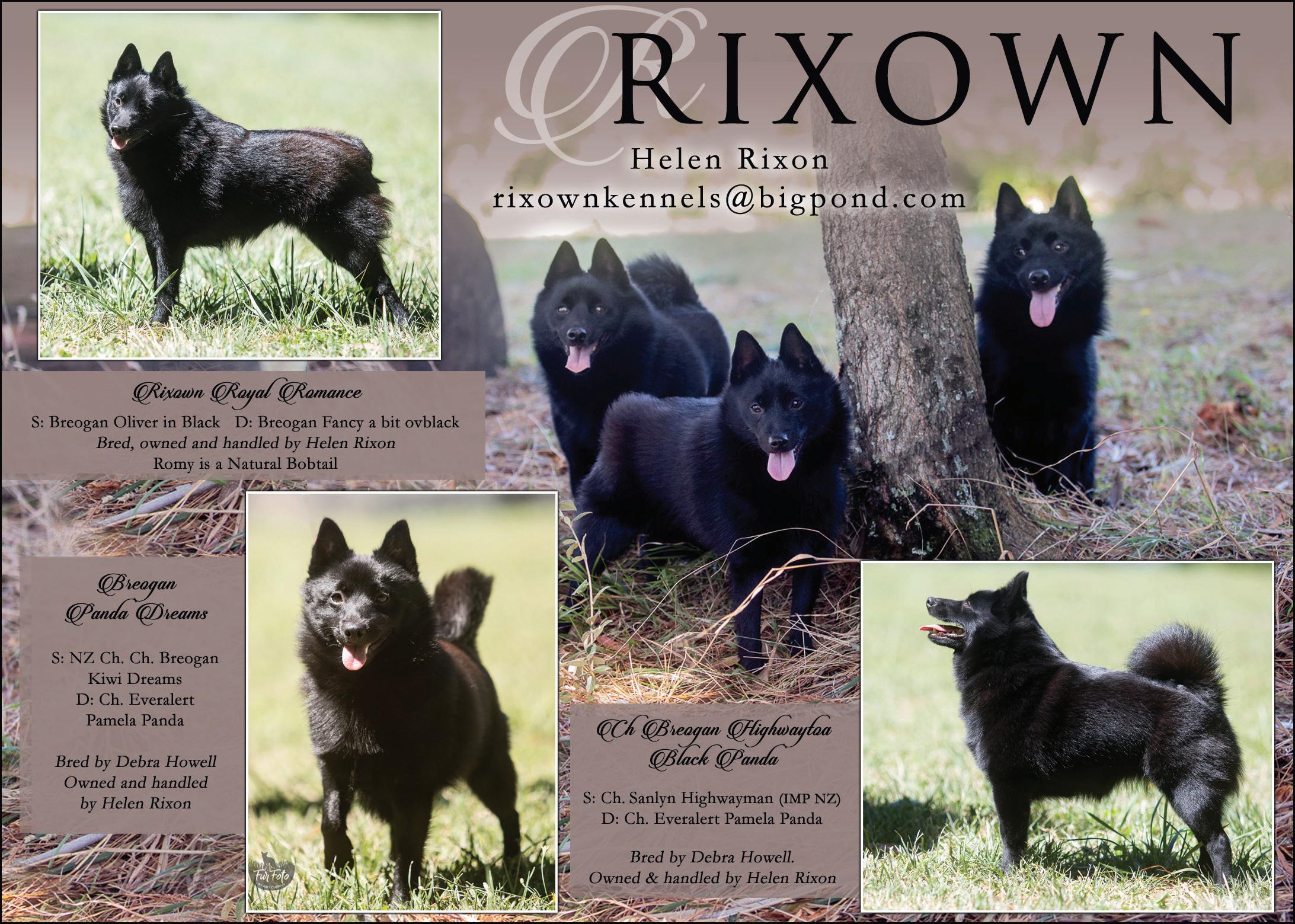
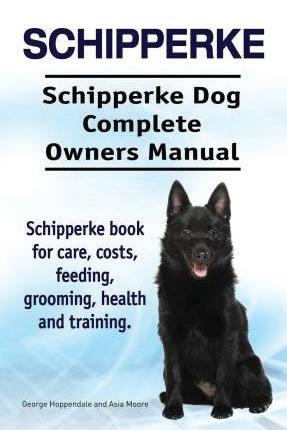
Schipperke
Schipperke Dog Complete Owners Manual
Schipperke Book for Care, Costs, Feeding, Grooming, Health and Training
The Schipperke Complete Owner’s Manual has the answers you need when researching this highly intelligent, always busy, foxy-faced purebred. Learn about this curious, independent-minded, non-sporting dog and find out whether or not the Belgian Schipperke will be the best choice for you and your family. Learn everything there is to know, including little known facts and secrets and how to care for every aspect of the Schipperke’s life. This manual contains all the information you need, from birth to the Rainbow Bridge, including transitioning through house breaking, care, feeding, training and end of life, so that you can make a well-informed decision about whether or not this dog is the breed for you. If you already have a Schipperke, this book will teach you everything you need to know to make your dog a happy dog and to make you a happy dog owner.
Author: George Hoppendale ISBN: 9781910941348 Format: Paperback Pages: 190 pages Published: 29 July 2015 Publisher: Imb Publishing Schipperke RRP: $36.05 (free delivery)
VET CHAT
Advice for new Puppy Owners
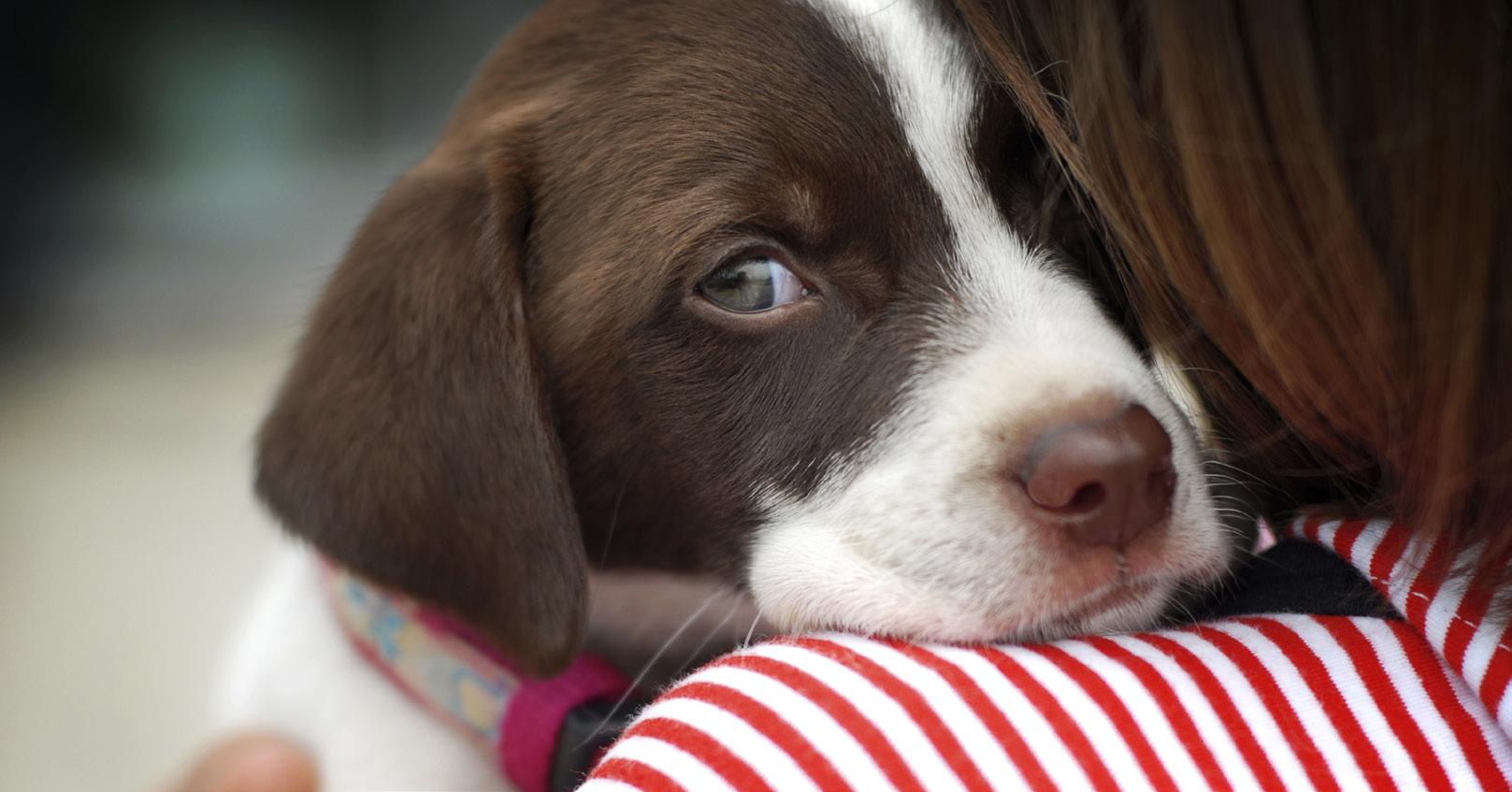
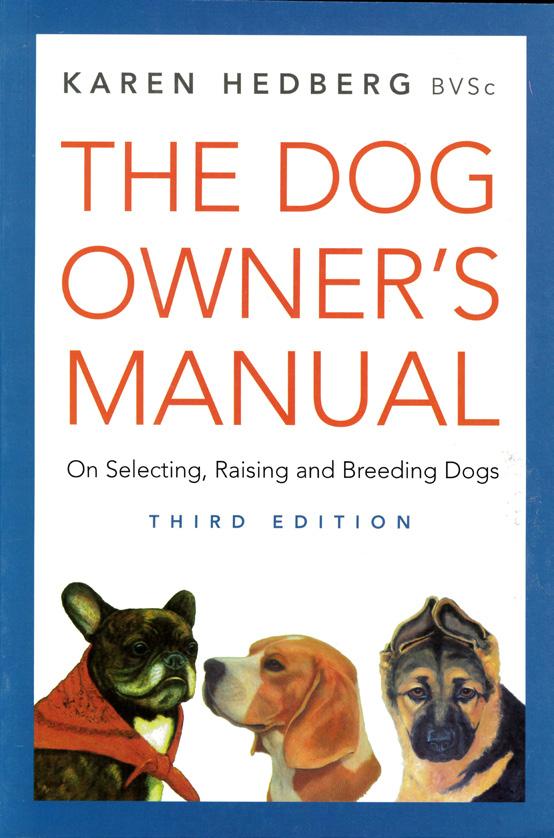
An extract from Dr Karen Hedberg’s book, ‘The Dog Owner’s Manual.’
There are many things to do when bringing home a new puppy for the first time, however Dr Karen Hedberg BVSc outlines a few other very important issues which you may not have considered.
If you are a new owner and you have had the puppy for less than a week, the puppy may still be under considerable stress trying to adjust to a new household, new people, loss of its litter mates, change of environment and, quite often, the diet as well. This is the most stressful time of a young puppy’s life and it is often trying to respond to a vaccination done the day before you collected it. No wonder so many puppies end up at veterinary hospitals within a week of leaving home.
When purchasing a puppy, try to determine when it was vaccinated. If the answer is within the last 3-4 days, delay picking the puppy up for several more days. If it has not been vaccinated and you still wish to pick it up, do so, get it checked out that same day and, if is all well, take it home. Allow it to settle in for a week, then have it vaccinated, provided it is healthy. (I personally feel that all breeders are morally obliged to vaccinate and have a thorough veterinary examination done before selling a puppy).
The further the puppy has travelled and the more severe the weather conditions, the more stress it will have been subjected to.
Also, the more quickly a diet is changed, the more stress is placed on the resources of the puppy. The gut bacteria are delicately balanced and a sudden change of food can be most upsetting. If the diet that was being fed to the puppy before you picked it up was very poor, give the puppy a very bland diet, such as cooked chicken or fish, cooked rice and yoghurt or junket. Add in a small amount of semi-soaked dry dog food (or dry cat food for the small breeds) and feed the same food 2-3 times daily for several days before trying to slowly adapt the puppy to an appropriate diet. If the motions are loose, add some cornflour to the mix.
If there are young dogs in the household, make sure their vaccinations are up to date.
Do not allow a sick puppy to be in contact with another puppy under 16 weeks of age, particularly if it has not come from the same litter or is not fully vaccinated. This applies especially to Rottweilers, Dobermanns and Greyhounds, as these breeds are often severely affected by gastric viruses and are very poor patients, making very little effort to live once they are sick. Do not handle other people’s puppies, particularly if they are off colour, and restrain other people from handling your puppy.






